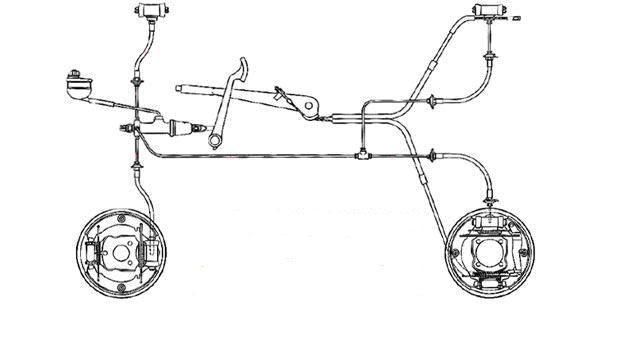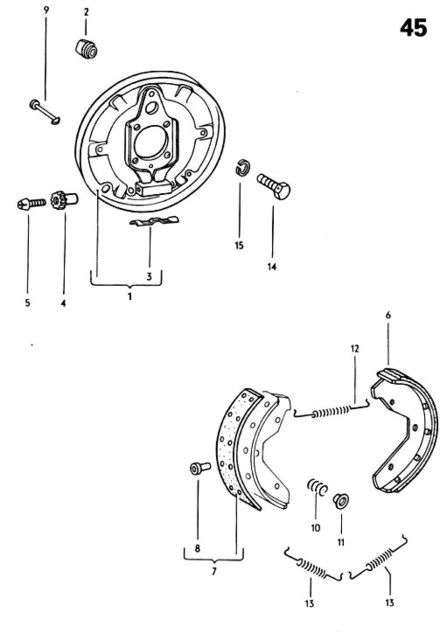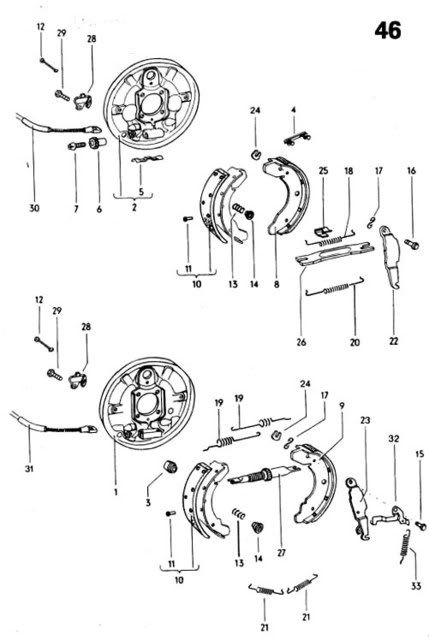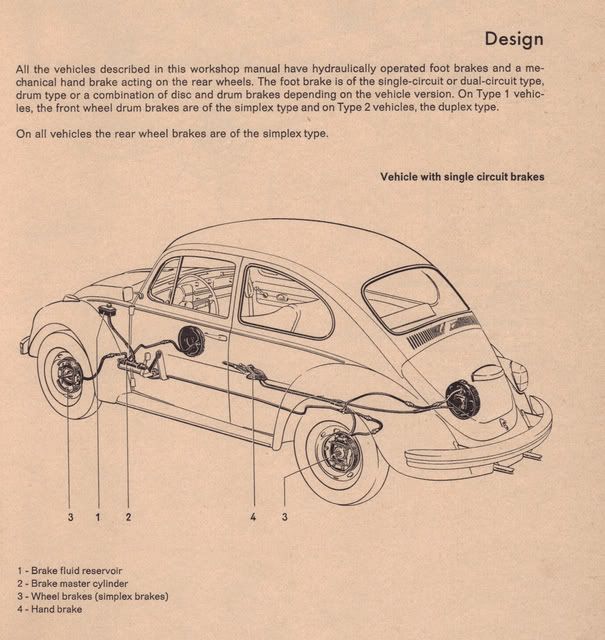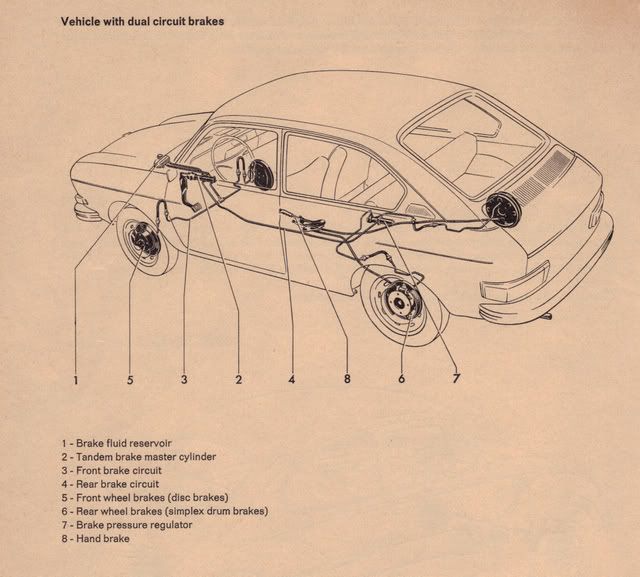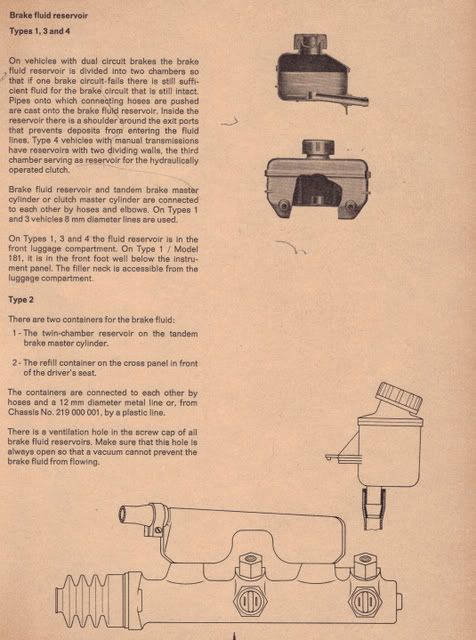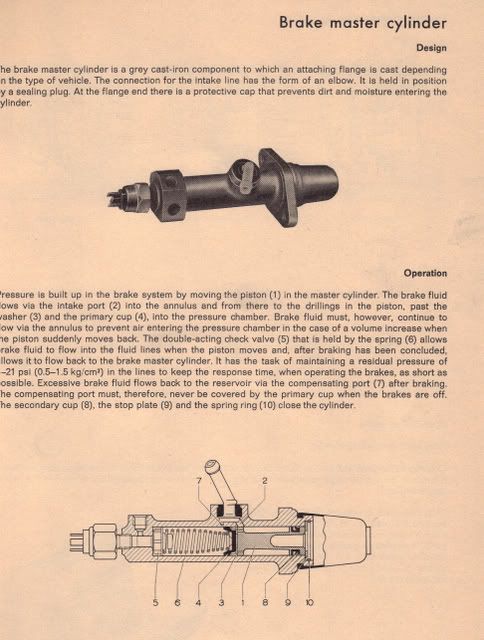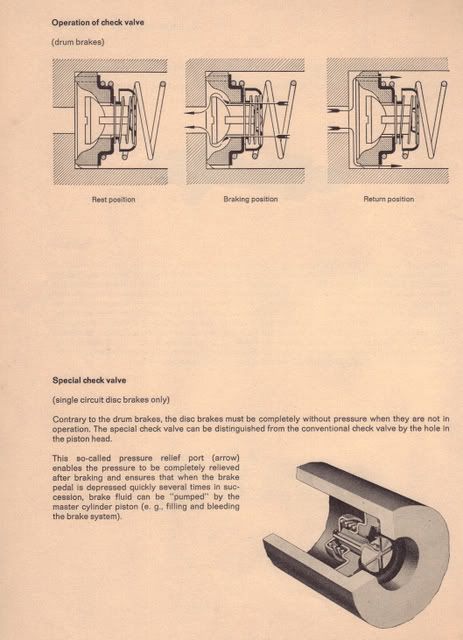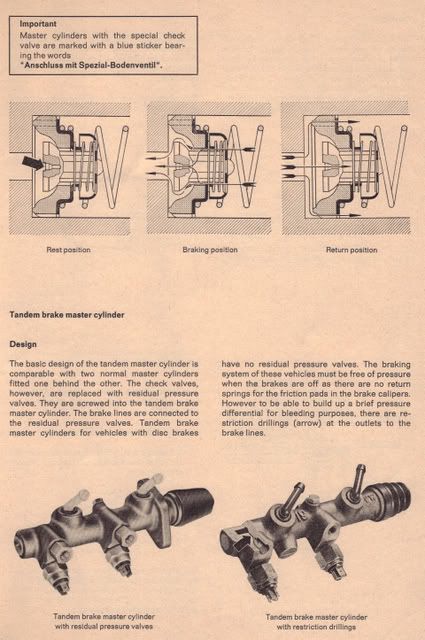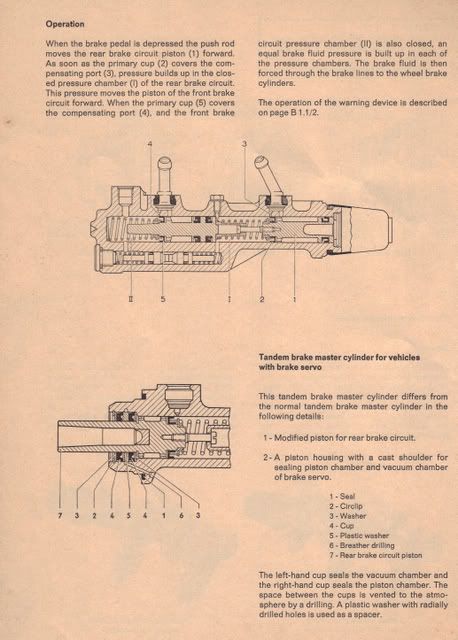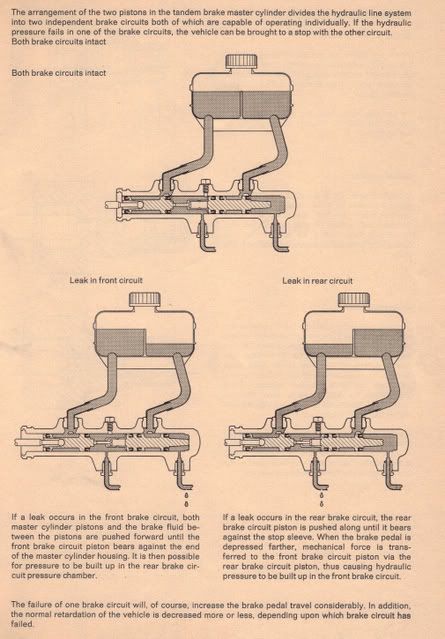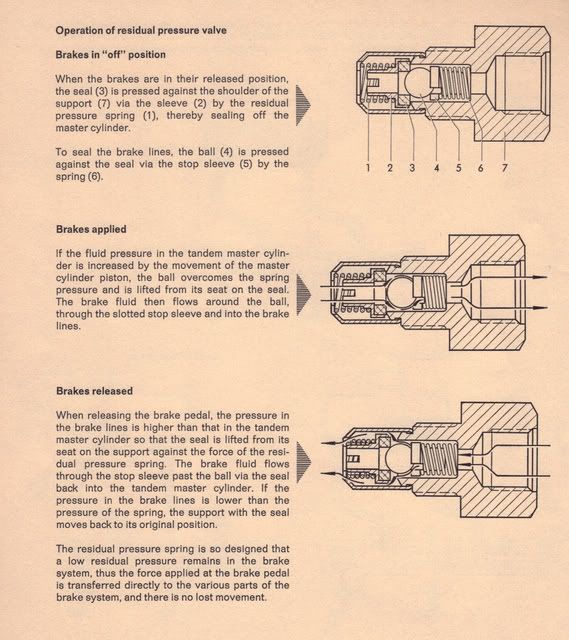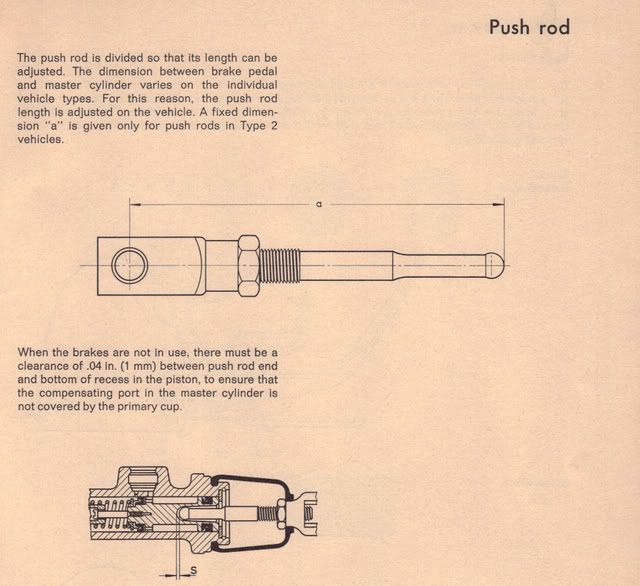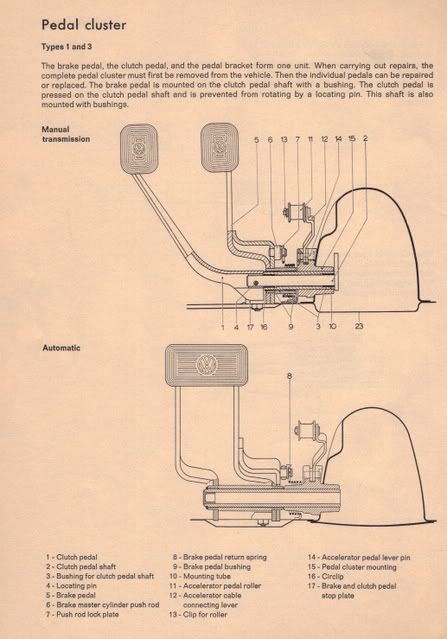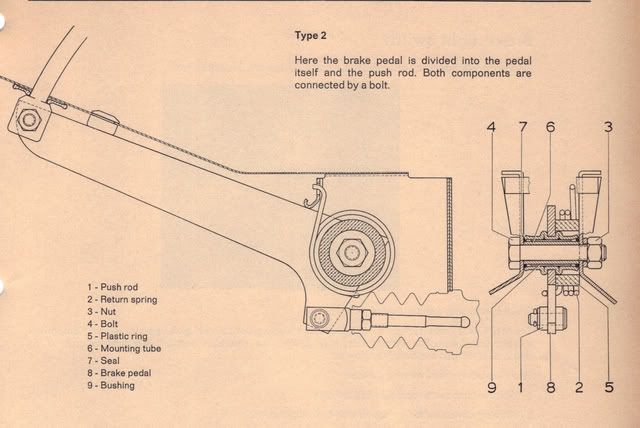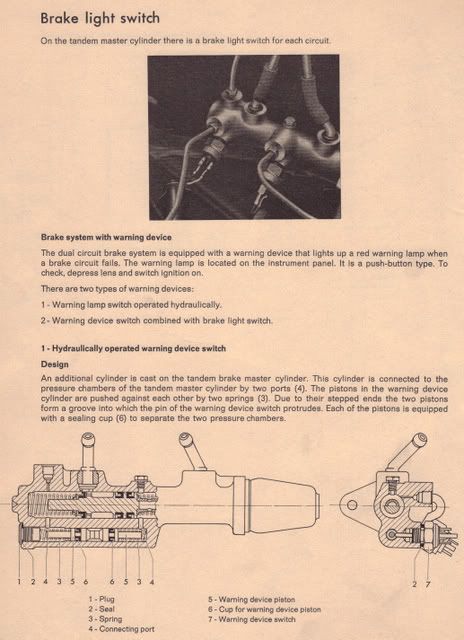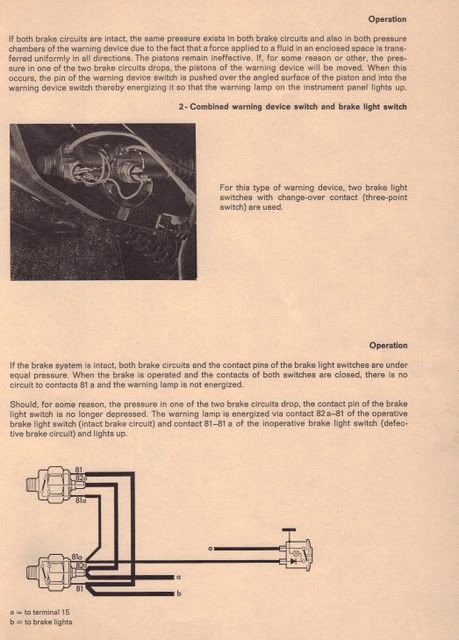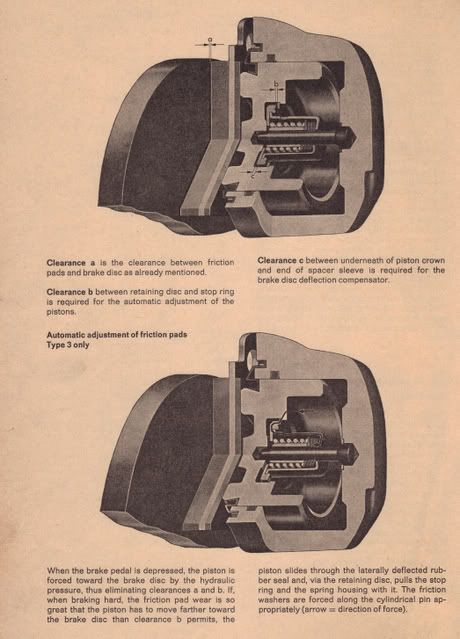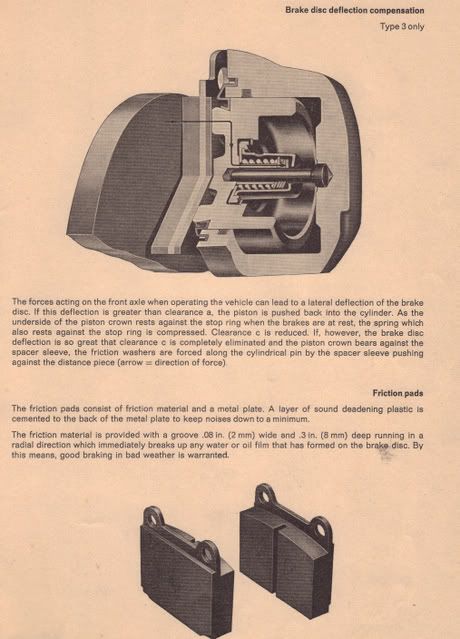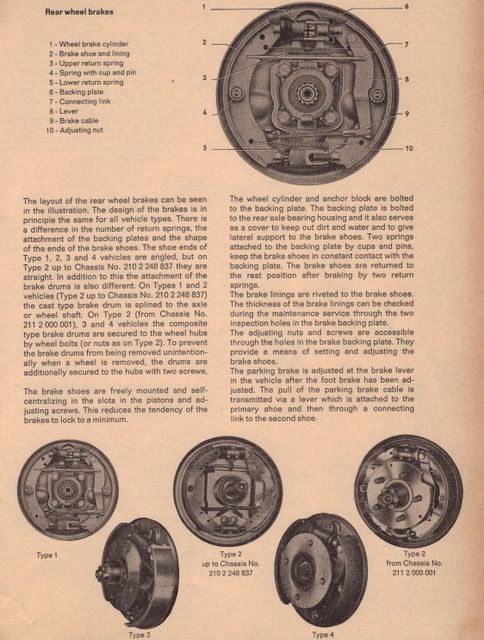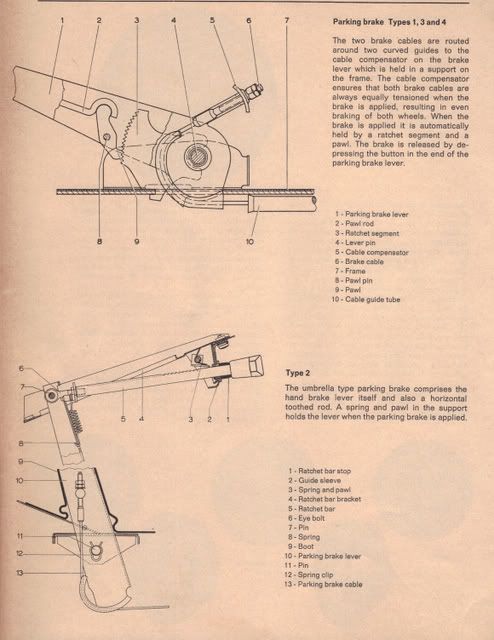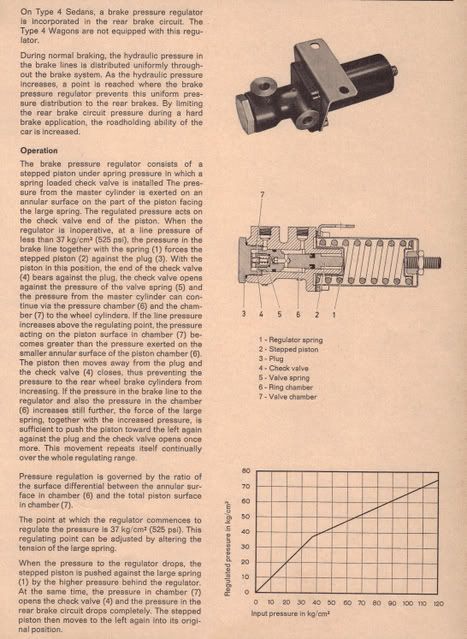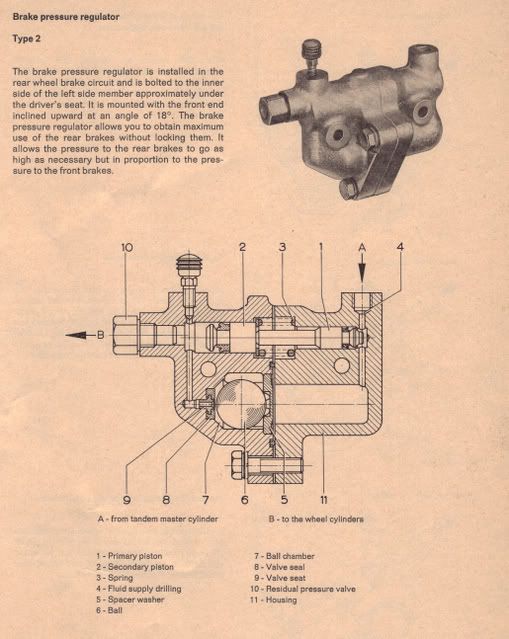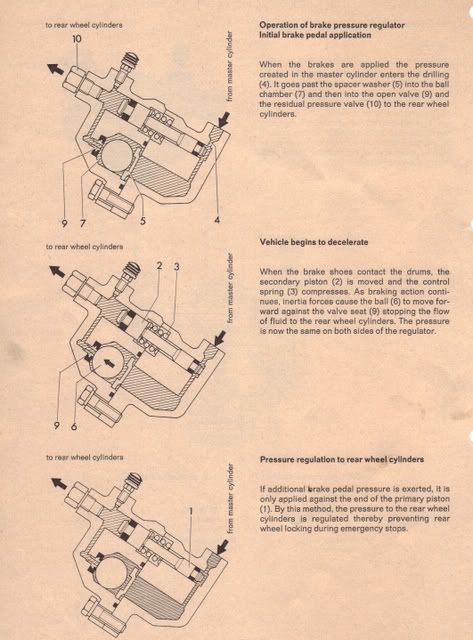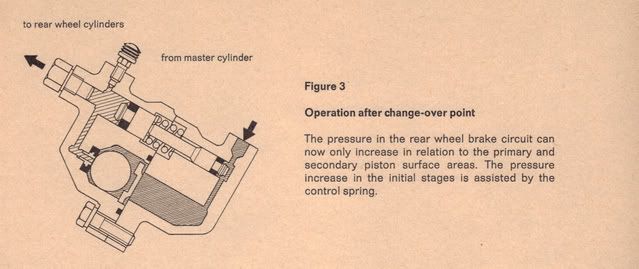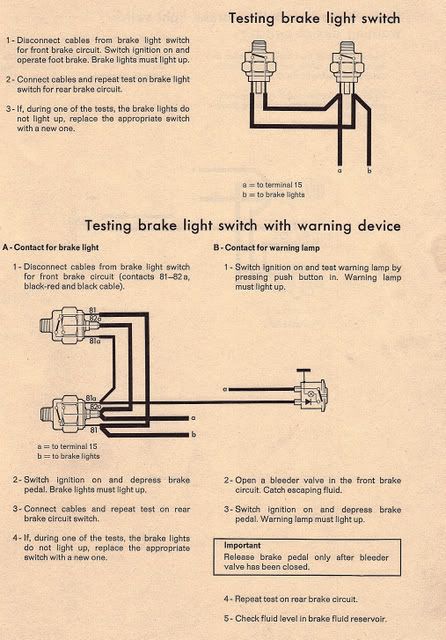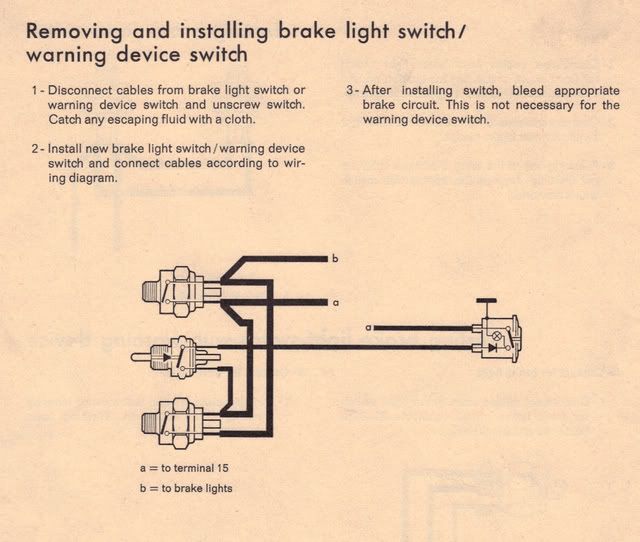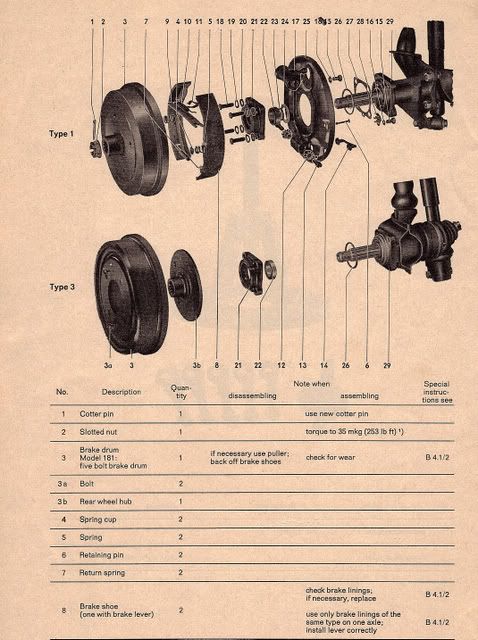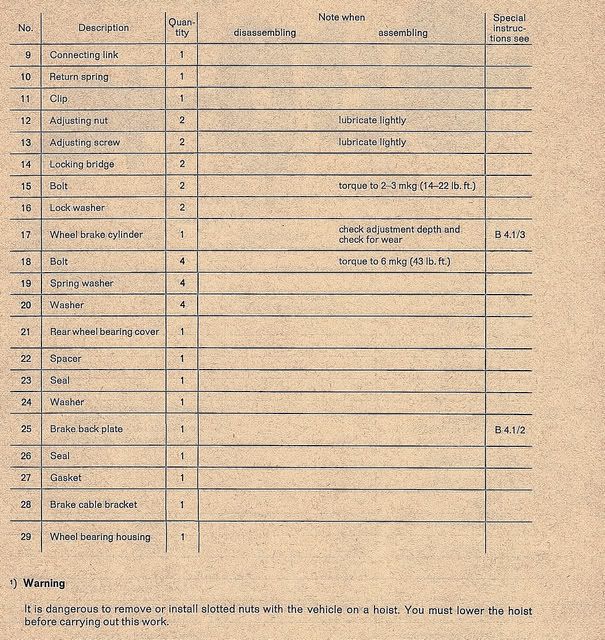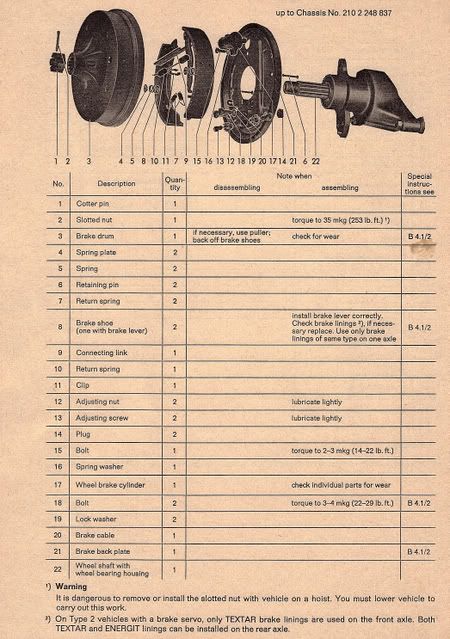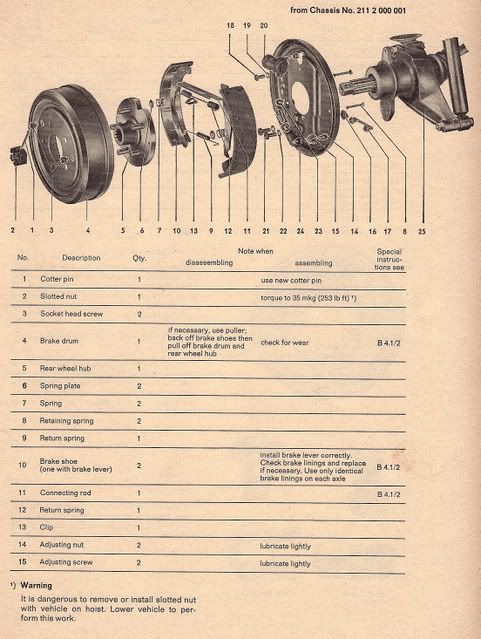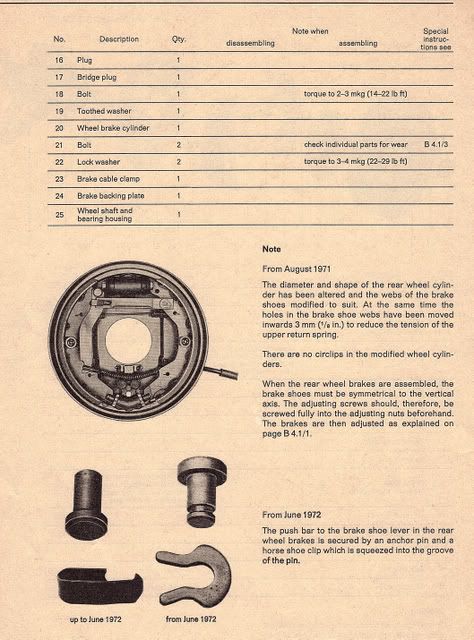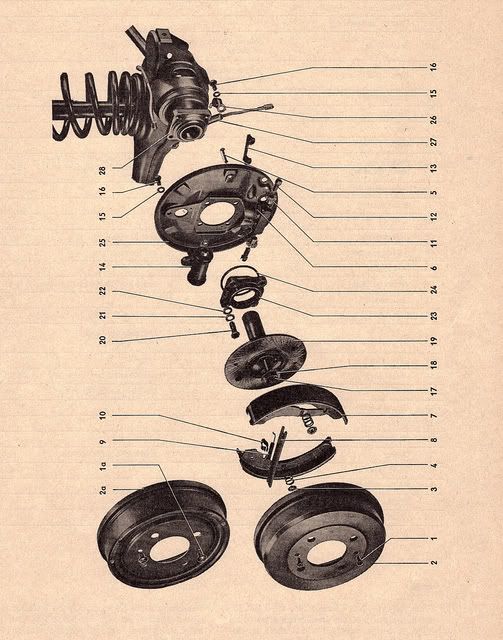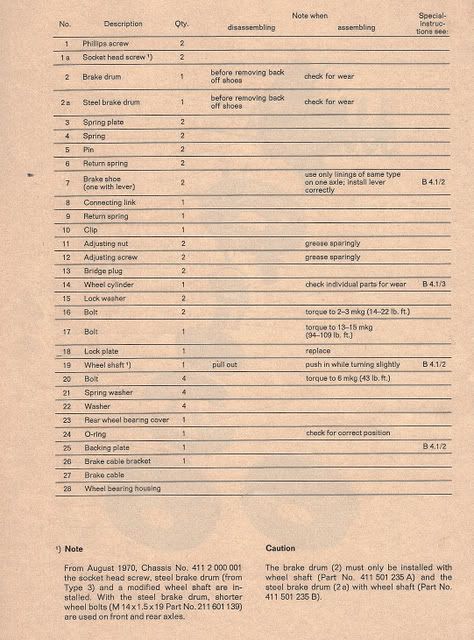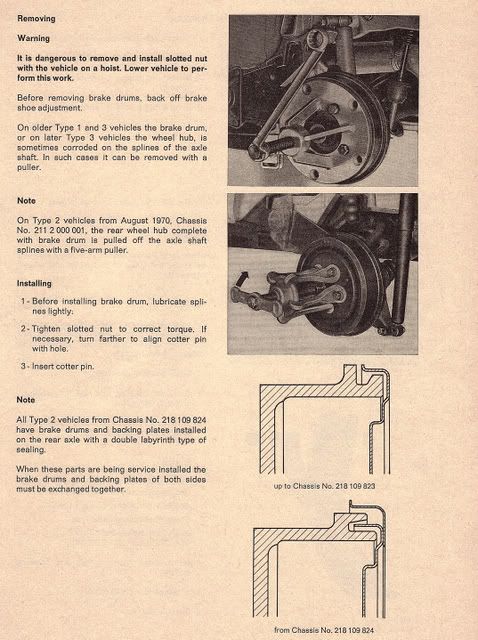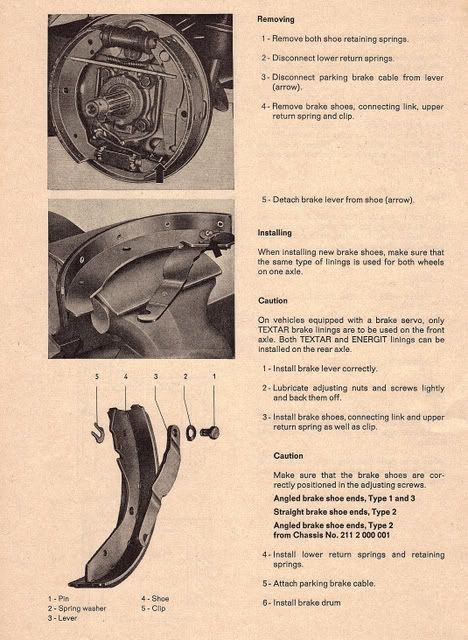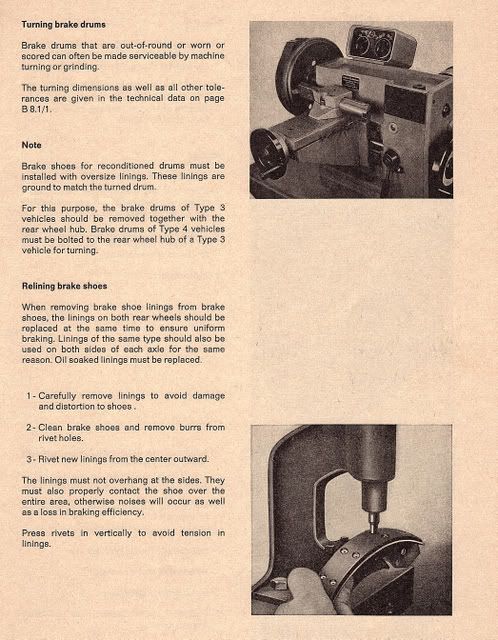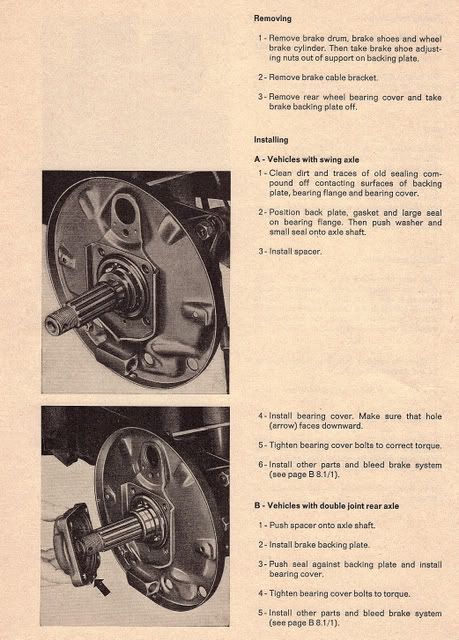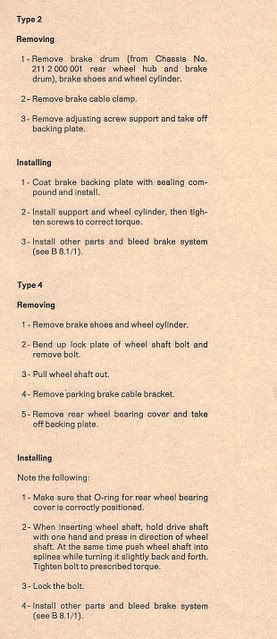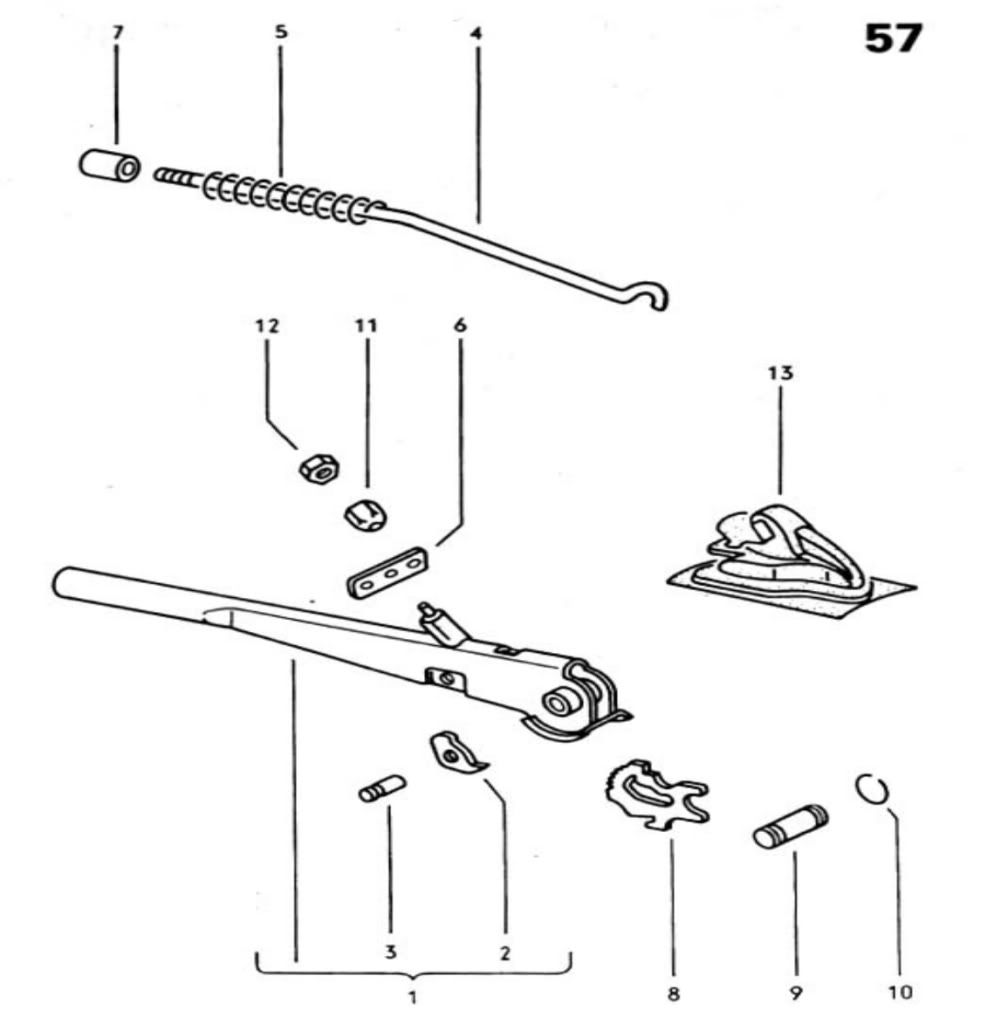Thank you Glenn.Glenn wrote:how about these?
Exploded Views of Brake Components
- david58
- Moderator
- Posts: 14101
- Joined: Sun Oct 23, 2005 6:14 pm
Exploded Views of Brake Components
Last edited by david58 on Sun Apr 06, 2008 11:11 pm, edited 1 time in total.
Hot, humid air is less dense than cooler, drier air. This can allow a golf ball to fly through the air with greater ease, as there won't be as much resistance on the ball.
- Kenny2428
- Posts: 2830
- Joined: Thu Aug 22, 2002 12:01 am
I found this:
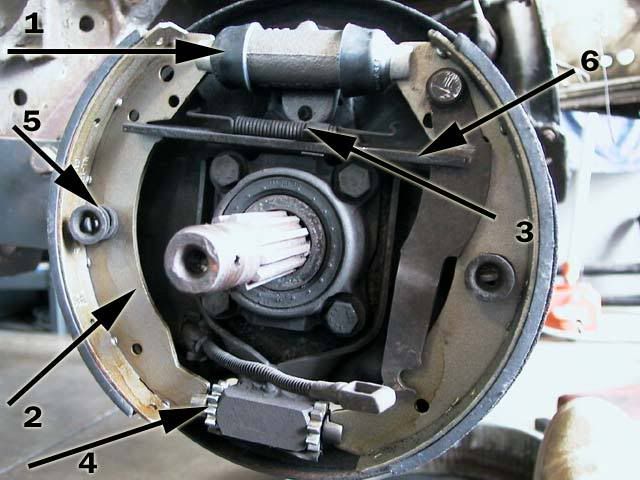
1. Wheel cylinder
2. brake shoe
3. upper return spring
4. adjuster screws, or "stars" as some people call them
5. shoe retaining springs, clips and cups
6. connecting link.
This picture, however is of a rear brake drum. Everything is basically the same on the front, with the exception of the cable and lever for the parking brake.

1. Wheel cylinder
2. brake shoe
3. upper return spring
4. adjuster screws, or "stars" as some people call them
5. shoe retaining springs, clips and cups
6. connecting link.
This picture, however is of a rear brake drum. Everything is basically the same on the front, with the exception of the cable and lever for the parking brake.
- david58
- Moderator
- Posts: 14101
- Joined: Sun Oct 23, 2005 6:14 pm
- david58
- Moderator
- Posts: 14101
- Joined: Sun Oct 23, 2005 6:14 pm

I see something missing in this Pic.
Also, the outer axle spacer's in backwards, and the preferred orientation of the retaining clip on the upper return spring is the other way - backed up against the backing plate, so it's physically impossible for it to pop off. In addition, the paper gasket is neither required or desired on IRS, or on swingaxle that have a large O-ring around the bearing. -Marc
- david58
- Moderator
- Posts: 14101
- Joined: Sun Oct 23, 2005 6:14 pm
How to identify correct brake components
Marc wrote:FRONT:
`58-`64 are identical.
`65 is still kingpin but has wider slots in the wheel cylinders and adjuster screws, and the adjuster ends of the shoes are angled.
`66/`67 are the same as `65 except for the backing plates (balljoint).
`68-up are still the same brakes but have adjuster access holes in the balljoint backing plates.
You can use the `65-up front wheel cylinders, shoes, and adjusters on any `58-up. Be sure that you have the wide/angled-slot adjuster screws to match the angled-end shoes.
REAR:
Pretty much the same as front, except that the major change in backing plates happened in `68 when the shoes got wider and the wheels cylinder bores smaller (from 19.05 down to 17.46mm).
M/C:
`58-`64 are all 19.05mm single-circuit
`65/`66 are 17.46mm single-circuit (often service-replaced by the 19.05)
`67 was 19.05mm dual-circuit with small feeder lines and is obsolete. It and all other variants of the early dual-circuit Type I M/C are now serviced with 113 611 015BD (also 19.05mm).
Karmann-Ghias and Euro-spec Beetles had a few differences, the above applies to US-market Beetles.
Hot, humid air is less dense than cooler, drier air. This can allow a golf ball to fly through the air with greater ease, as there won't be as much resistance on the ball.
- fusername
- Posts: 6806
- Joined: Sun Jan 28, 2007 11:26 am
very nice stuff, what manual did all that come from? alos, is there an easy way to remeber what way to install the e-brake cross bar? It goes in 4 different ways, fits well in two positions, but I am sure only one is right.
give a man a watch and he'll allways know what time it is. give him two and he can never be sure again.
Things are rarely just crazy enough to work, but they're frequently just crazy enough to fail hilariously.
Things are rarely just crazy enough to work, but they're frequently just crazy enough to fail hilariously.


